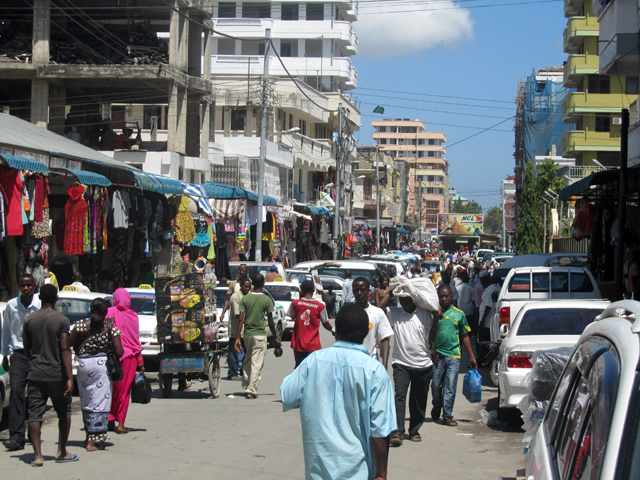Prime
What it means as World Bank raises poverty to $3 per person

World Bank headquarters in Washington. PHOTO | FILE
What you need to know:
- In local terms, the new benchmark translates to approximately Sh7,835 per person per day, or Sh234,000 per month
Dar es Salaam. The World Bank has introduced a new global poverty threshold, raising the international poverty line from $2.15 to $3 per person per day.
In local terms, the new benchmark translates to approximately Sh7,835 per person per day, or Sh234,000 per month, using the prevailing exchange rate of Sh2,611.6 per dollar as indicated by the Bank of Tanzania’s rates of July 4, 2025.
The recent adjustment follows updated data from the International Comparison Programme (ICP), which released revised purchasing power parities (PPPs) in May 2024, that reflect the real cost of living across countries, allowing for more accurate comparisons of poverty worldwide.
Across sub-Saharan Africa, the effect of the updated line is dramatic.
The region’s poverty rate has been revised upward from 37 to 45.5 percent, increasing the estimated number of people living in extreme poverty from 448 million to 559 million.
That is an additional 111 million people who now fall below the poverty line by international standards.
An agricultural trade economist at the University of Dodoma (UDOM), Dr Mwinuka Lutengano, told The Citizen, “This is a global benchmark and often higher than our national poverty line. Our national poverty line will naturally increase once it is adjusted to reflect current realities. This process depends on the prices of goods and services, national economic strength and income indicators.”
A senior lecturer at the University of Dar es Salaam Business School (UDSM), Dr Thobias Swai, cautioned the public against misinterpreting the change as an immediate cost-of-living crisis.
“This is an average. It doesn’t mean prices will rise starting today—it reflects that they’ve already risen since the last assessment. What this will affect most is policy,” he said.
“The number of people classified as extremely poor will now increase, and this will influence how policies are drafted and implemented.”
Dr Swai added that Tanzania’s poverty-related policies must now be updated to reflect the new reality.
“We need to revisit our strategies if we aim to reduce poverty as planned. Even national statistics on poverty and income will have to change.
“If we previously had 15 million poor people, the new line might place us at 20 million or more. That means investing more in poverty-reduction projects because the number of those in need is increasing,” Dr Swai said.
The Tanzanian government has already taken steps to address extreme poverty.
The Productive Social Safety Net (PSSN) under TASAF disbursed Sh2.03 trillion in 2024 to support nearly 1.4 million households, covering almost 7 million individuals, with women accounting for just over 50 percent of the beneficiaries.
This marked an 11 percent increase from the previous year.
Still, experts say direct cash support is only part of the solution.
Ardhi University financial economics lecturer Aziz Rashid, said the updated figure reflects the real cost of living, but also highlights deeper structural challenges.
“Yes, Sh7,800 might be enough to eat for a day, but it can’t cover other critical needs like shelter, clothing, or healthcare. This increase reflects rising human needs. Even at $3, people still face significant hardship.”
Mr Rashid emphasised that the fight against poverty must involve more than handouts.
“To truly reduce poverty, we need serious investment in food production and skills development. People need income that helps them not just survive, but live above that minimum line.”
The World Bank has clarified that although the poverty line has changed in value, its purpose remains the same: to measure absolute poverty based on the cost of basic living in the world’s poorest economies.
Dr Lutengano said the solution lies in inclusive economic growth.
“We must continue to strengthen our economy through strategic investments and ensure that growth genuinely reaches the grassroots.”




